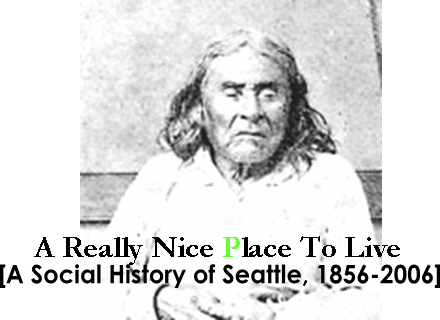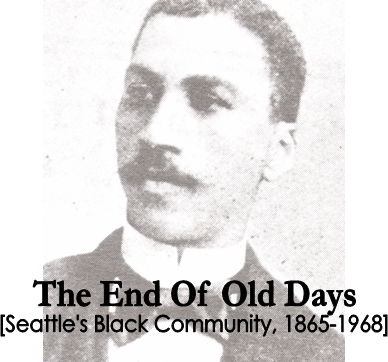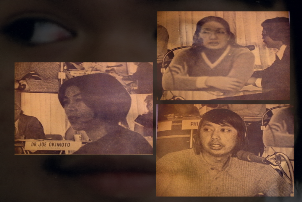Here are short films and slide shows that introduce major themes and sections of the Seattle Civil Rights & Labor History Project. They are perfect for classroom use.
"The Black Panther Party in Seattle"
Film by Emma Hinchliffe
This 10 minute film offers an introduction to the history of the Black Panther Party in Seattle, featuring interviews with the party's founding members and other former black panthers. It also provides a snapshot of the rich collection of oral histories and other sources available in the Seattle Black Panther Party History and Memory special section.
"LGBTQ Activism in Seattle History"
Film by Emma Hinchliffe
This 18 minute film offers an introduction to the LGBTQ Activism in Seattle History Project featuring excerpts from interviews with nearly one dozen activists conducted by project coordinator Kevin McKenna. It also provides a snapshot of the rich collection of oral histories and other sources available in the LGBTQ Activism in Seattle History special section.
"A Really Nice Place To Live" (A Social History of Seattle)
Film by Shaun Scott
This 13 minute film explores the race and class divisions that have accompanied Seattle's meteoric rise from a a tiny outpost in 1856 to the northwest's premier city. Filmmaker Shaun Scott critiques the “Seattle Nice” myth, shows the history of housing segregation, and argues that the amplified discontent of Blacks, Asian-Americans, and Whites themselves was what redeemed Seattle from its early transgressions."A Really Nice Place To Live" is narrated by Shaun Scott, features voice actors Scott Erola, Jordan Knight, and Juliana Wisdom, and showcases Evan Flory-Barnes' incomparable Threat of Beauty Orchestra.
"The End of Old Days"
(Seattle's Black Community 1865-1968)
Film by Shaun Scott
This 13 minute film explores a century of African American community growth and civil rights activism in Seattle. It begins with the "Black Victorians" who formed a tiny community in the 1890s, moves throught the forging of a more sizeable black community in the early 20th century, and ends with the momentous surge of activism that culminated in the late 1960s. "The End Of Old Days" is narrated by filmmaker Shaun Scott, features voice actors Josh Shadlen, Lamont Wright and Dan Weiner, and showcases a rousing soundtrack by Evan Flory-Barnes' Threat of Beauty Orchestra.
"A Family Affair"
(Asian Americans in Seattle since the late 1800s)
Film by Shaun Scott
A history of Asians and Asian Americans in Seattle since the late 19th century, this 19 minute film moves from the anti-Chinese ethnic cleansing campaigns to Japanese internment and Phillipine trade-unionism. It covers the strategies of resistance and assimilation by Asians turned Asian Americans in the mid-20th Century, and culminates in a surging review of the successful fight to save the International District in the 1970s. "A Family Affair" is a collaborative effort narrated by Leslie Kwon, photographed by Chris Grunder, scored by Joshua Shadlen and Industrial Revelation, and produced by Shaun Scott.

"Present in All That We Do"
(Bellingham 1907 and 2007)
Film by Andrew Hedden and Ian Morgan
In 1907, more than two-hundred South Asian workers in Bellingham, WA were attacked by a mob of white workers. The white rioters broke into the South Asians' houses and workplaces, stole and destroyed their valuables, and threatened and beat the South Asians until they were forcibly expelled from the city. In the course of one night, an entire community was driven from the town - in the approving words of a local paper, "wiped off the map." One hundred years later, 2007, hostility towards non-white immigrants in Bellingham continues. Raids and detentions by government immigration agents are ongoing; so are surveillance and harassment from both government agents and groups like the Minute Men. How have the events of 1907 shaped Bellingham as we know it in 2007? What has changed and what remains the same?
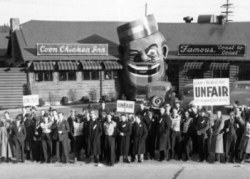
"Seattle's Segregation Story"
Slideshow with video segments
Seattle has a long history of racial discrimination and segregation. Until the late 1960s, African Americans, Asian Americans, and Native Americans were shut out of most neighborhoods, schools, many occupations, and sometimes stores and restaurants. This slide show explores Seattle segregation using maps, documents, photographs, and video oral history excerpts. It clarifies the distinction between segregation as practiced in southern states and Seattle's version. And it reveals shocking facts about hospitals that would not treat patients of color, stores that would not serve African Americans or Asian Americans, and real estate firms that organized neighborhoods to keep them segregated.
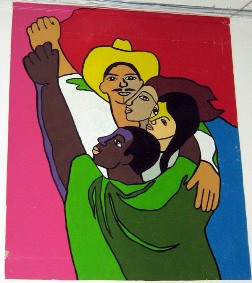
"Seattle’s Civil Rights History: Movements and Milestones"
Slideshow with video segments
This slide show provides an introduction to the long history of civil rights activism in the Seattle area, exploring the organizations created by Native Americans, African Americans, Chinese, Japanese, and Filipino Americans, Jews, and Latinos. It also shows critical milestones in the struggles for rights and equality.
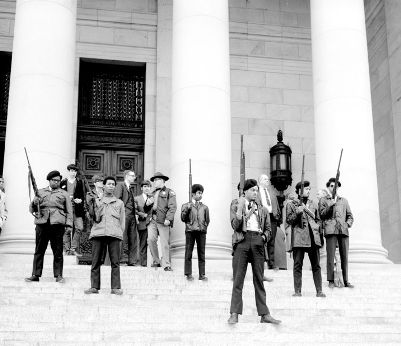
"Black Panthers Tell Their Stories"
Slideshow with video segments
This slide show introduces the special section on Seattle's Black Panther Party. In videotaped oral history segments, former Panthers talk about their reasons for joining the Party and their experiences in the organization. Former mayor Wes Uhlman tells of FBI plans to raid Panther headquarters and his reasons for intervening to prevent bloodshed. The slide show begins by establishing the background of segregation facing African Americans in Seattle. Also included are key Panther documents and riveting photographs.

"Raza Si! Chicano Activism in Washington State 1965- present"
Slideshow with video segments
The Chicano movement emerged in two locales in the 1960s: in the Yakima Valley, which was home to most of the state's Latinos, and in Seattle and especially the University of Washington, where Chicano students launched many new initiatives. Reflecting the split geography, the movement linked together campaigns to organize and support farmworkers with projects that served urban communities and educational agendas.This slide show tells the story of Chicano activism across forty years. It includes short videotaped interviews with veterans of MEChA, Brown Berets, United Farmworkers, El Centro de la Raza, and other organizations.

"Youth in the Seattle Civil Rights Movements"
Slideshow with video segments
Students at the University of Washington, Seattle Central Community College, and in Seattle’s high schools played an important role in the region’s civil rights history, especially in the 1960s and 1970s. This slide show explores that generation of student activists
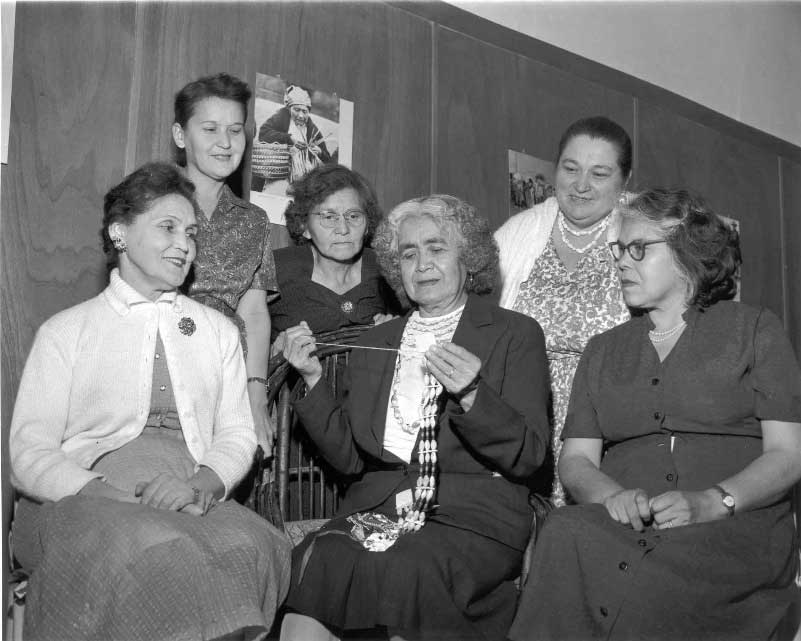
"Women in Seattle's Civil Rights Movements"
Slideshow with video segments
Seattle’s female civil rights activists have unique stories. As people of color, they battled racial discrimination. As women, they battled sex discrimination. The intersection of these two fights sometimes pitted women of color against those who should have been allies. This slide show explores female activists’ particular experiences in Seattle’s civil rights movements. It features video oral history excerpts from interviews with female activists from different civil rights movements.



